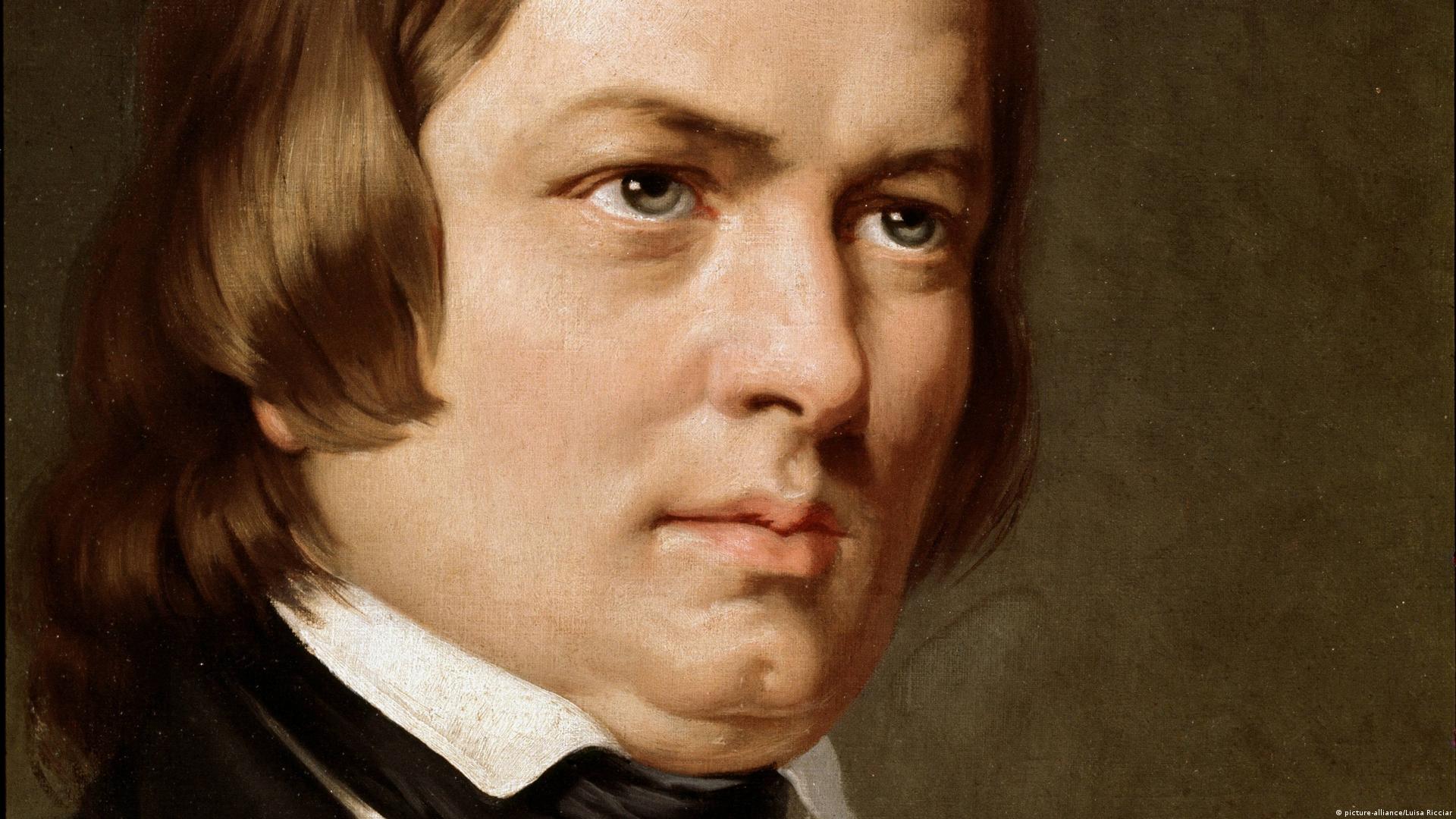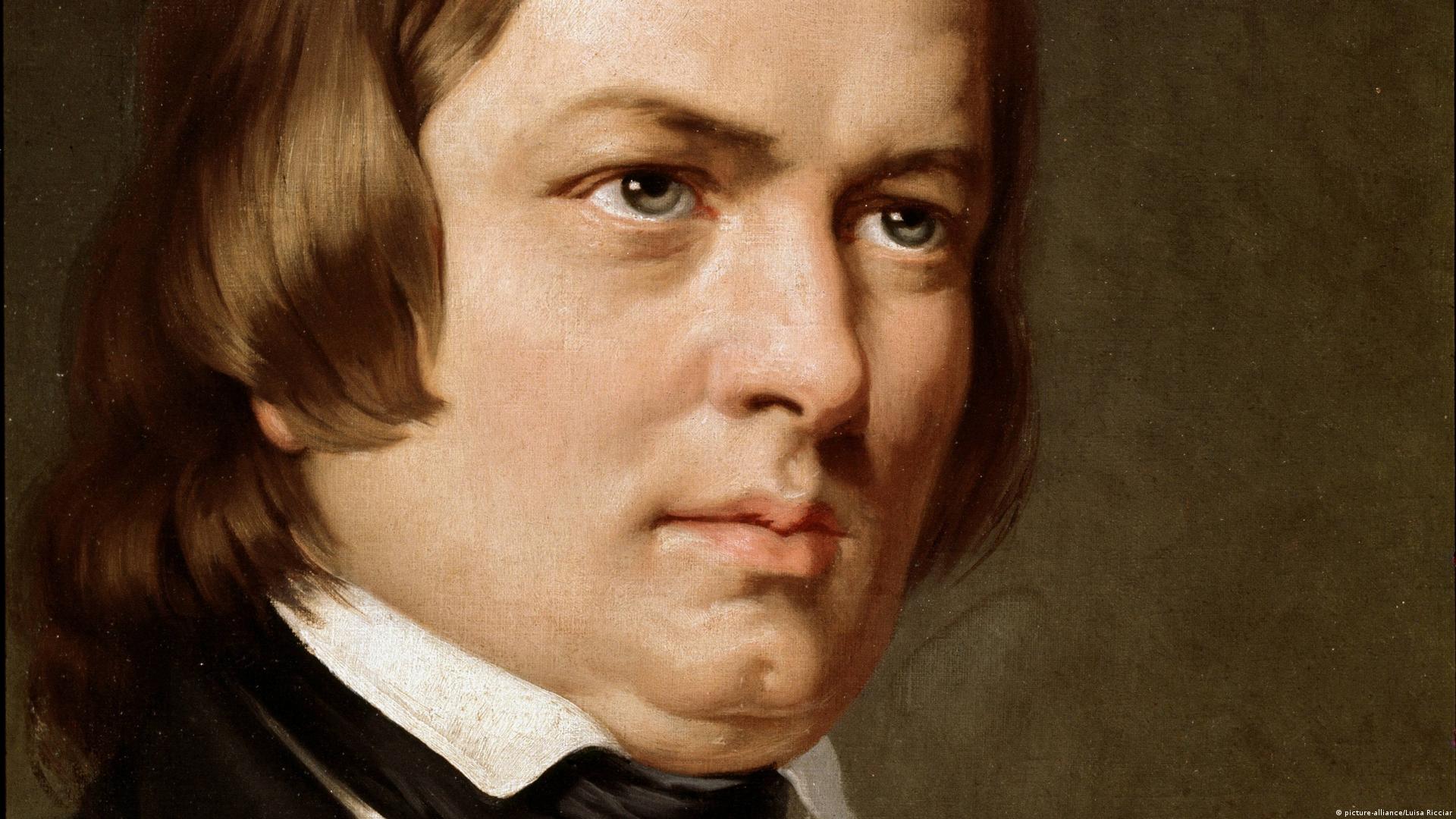
Schumann – Symphony No. 1
Robert Schumann’s Symphony No. 1 in B-flat Major, Op. 38, affectionately known as the “Spring Symphony,” holds a special place in the history of Romantic[…]

Schumann – Symphony No. 3 in E-flat Major
Robert Schumann’s Symphony No. 3 in E-flat Major, Op. 97, commonly referred to as the “Rhenish” Symphony, is one of the most compelling works of[…]

Schumann – Violin Concerto in D Minor
Robert Schumann, one of the Romantic era’s most influential composers, is best known for his piano works, songs, and symphonic pieces. Yet, among his lesser-known[…]

Schumann – Symphony No. 4 in D Minor
Robert Schumann, one of the most influential Romantic composers of the 19th century, created a body of work filled with emotional depth, literary allusions, and[…]

Schumann – Dichterliebe, Op. 48
Dichterliebe (“A Poet’s Love”), Op. 48, is one of the most celebrated song cycles in the history of Western art music. Composed by Robert Schumann[…]

Schumann – Kinderszenen, Op. 15
Among the many gems of Romantic piano music, Robert Schumann’s Kinderszenen (Scenes from Childhood), Op. 15, stands out as one of the most beloved and[…]

Schumann – Cello Concerto in A Minor, Op. 129
Robert Schumann’s Cello Concerto in A Minor, Op. 129 stands today as one of the most poetic and introspective works in the cello repertoire. Composed[…]

Schumann – Piano Concerto in A Minor, Op. 54
Among the greatest Romantic-era concertos ever composed, Robert Schumann’s Piano Concerto in A Minor, Op. 54 stands as a monumental achievement in the 19th-century repertoire.[…]

Schumann – Piano Quintet in E-flat Major
Among the most beloved works of the Romantic chamber music repertoire, Robert Schumann’s Piano Quintet in E-flat Major, Op. 44 holds a special place. Composed[…]

The Life and Legacy of Robert Schumann: A Genius of Romantic Music
Robert Schumann (1810–1856) was one of the most influential and iconic composers of the Romantic era. His works, characterized by emotional depth, poetic inspiration, and[…]